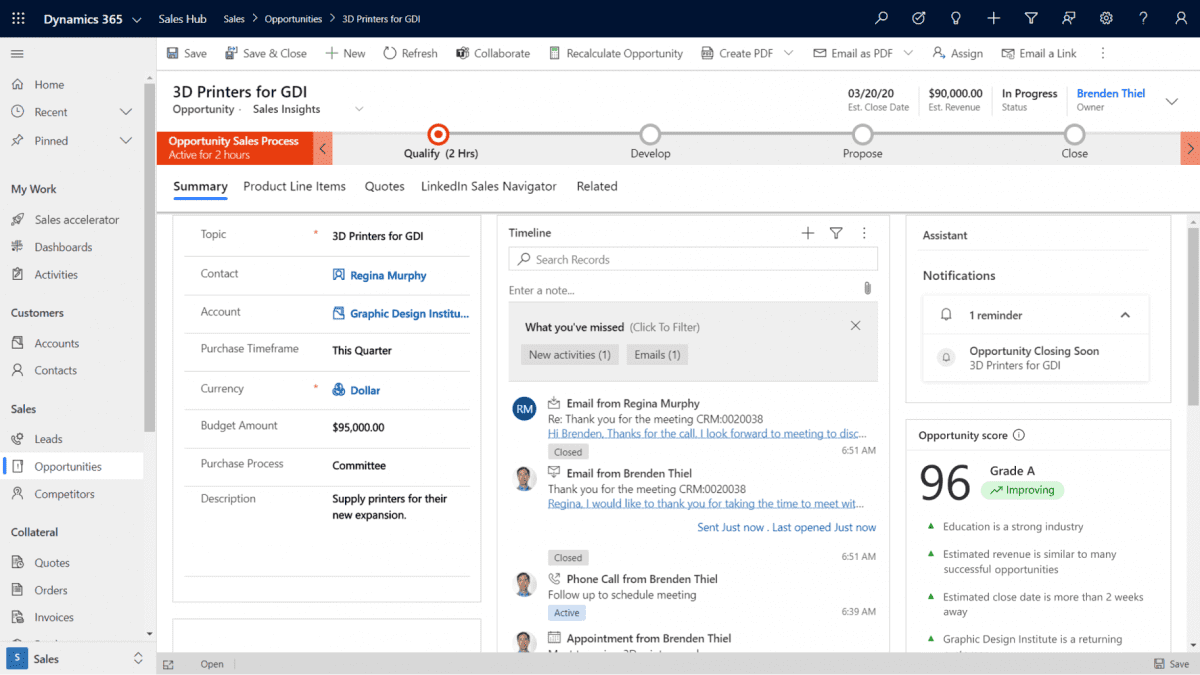Best practices for managing CRM data quality
Best practices for managing CRM data quality
May 16th, 2022
6 min read
If you want to exceed your customers’ expectations, create a positive impact on your organisation’s growth and maximise the ROI on your CRM (Customer Relationship Management) investment, then you need to maintain high standards of data quality within your CRM System.
Below we have outlined the best practices you should follow for managing CRM data quality…
What is CRM data quality?
There can be confusion around what is actually meant by ‘quality data’. To put it simply, CRM data quality refers to how valuable the information you track within your system really is.
Poor quality data can lead to bad analysis further down the line, poor customer experiences and often results in employees find workarounds outside of the system, such as reverting back to spreadsheets or alternative software’s.
Before you start collecting data…
Managing your data should be a continuous process, however, there are certain steps you can take before you even start collecting information.
- Outline your business goals – Ensuring you have a clear understanding across the business of what you hope to achieve by using a CRM system will help to define what data should be collected.
- Consider the data entry process – Consider how everyone must interact with your CRM system and ensure that the data entry process is clear, to avoid confusion.
- Identify the most important fields – When collecting data, be sure to outline to your users the essential information they must collect from a lead or customer, such as name, email address, phone number, etc. These fields can be made mandatory within the system to ensure consistency across the business.

Top tips to improve data quality
1. Ensure your CRM is the single source of truth for your organisation
Your CRM should centralise all your important business data and therefore provide your organisation with a single source of truth across departments.
Interactions can vary from sales calls, networking, website forms/downloads, meetings, customer service support calls, social interactions and many more. Ensuring your CRM System is integrated with your other business solutions will allow data from one system to flow easily into another, so you don’t have to manually transfer information or worry about certain interactions getting missed.
A CRM solution, such as Microsoft Dynamics 365, seamlessly integrates with applications across the Microsoft eco-system, as well as third-party business solutions such as Xero, Eventbrite, Mailchimp, etc.
2. Collaborate with department teams to improve data efficiency
Ensure the same data management process is outlined and followed by managers across the business. Without clear instructions around this, the quality of data can quickly decrease and you might be left with incomplete contact information or duplicate data, for example.
3. Collect as much data as possible
Within a record, it is useful to make certain fields compulsory for key data you wish to collect. In addition, to this it is also useful to keep note of interactions such as support conversations, social media engagements and any face-to-face conversations. The more detailed your records are, the better the quality of your CRM data.
4. Prioritise user adoption and provide ongoing training
Maximising your CRM user adoption starts right at the beginning of your CRM implementation. Ensuring your teams understand the benefits of your new solution and it fits around their day-to-day processes will help with overall user adoption.
As part of your implementation, your software partner will often provide training. This will cover a variety of areas and data quality should be a focus throughout. However, training should not only take place once the system is newly implemented. It is a good idea to schedule ongoing training or create a library of educational assets to address data quality and other common areas that users might encounter.
5. Choose a mobile-friendly CRM
Adopting a CRM which is accessible via mobile, tablet or desktop helps to ensure the accuracy of your data. Employees are able to capture information in real-time, rather than waiting until they are back at their desk and haphazardly fill out data based on what they can remember.
6. Use dashboards and business intelligence to improve forecasting and performance
Dashboards provide you with a clear view of all your organisational activities and enable you to take action quickly when needed. For example, a sales opportunity dashboard that demonstrates where opportunities are at in your pipeline, which ones are closing soon and what tasks or calls you need to prioritise.
Using business intelligence tools to enhance this, like Microsoft Power BI, helps you to make more informed decisions and drive your business forward. Ultimately, these tools are only going to be as good as the data you input, so ensuring this is high-quality is crucial.
7. Audit your data regularly
Scheduling regular data audits will save you time and money across your organisation. Clearing up everything from incomplete contact telephone numbers to duplicate records and bounced emails, will help to avoid inconsistencies that could potentially affect customer experiences or employee productivity.
8. Segment your data
When it comes to segmenting data, you should bare in mind that the better your customer data is stored, the easier it will be to market and eventually sell to them, will be.
For example, segmenting data allows your sales and marketing teams to:
- Find prospects easily
- Boost the effectiveness of your marketing strategies
- Identify quickly where your customers are on their buying journey
- Tailor your marketing campaigns
- Enhance lead nurturing efforts
- Upsell to current clients
9. Automate time-consuming data entry
Using a CRM that has automation capabilities will not only improve productivity but will also increase the accuracy of your data. Automation tools can help eliminate time-consuming data entry, fill in missing data and remove duplicate data.
10. Keep your data secure
Ensuring your users are granted appropriate levels of access to your data is paramount in keeping it secure. To access Dynamics 365, secure credentials are required to sign in to the system. Administrators also have the ability to grant specific security permissions around certain records, meaning only those who require access are able to. When an employee leaves the company, you can simply deactivate their account and have confidence that your data is safe.
Get in touch
If you would like more information about how Pragmatiq can support your business, please get in touch by emailing us at info@pragmatiq.co.uk or calling us on 01908 038110. Alternatively, fill out the contact form and a member of our team will be in touch shortly.
Want to keep in touch?
Sign up to our newsletter for regular updates.
"*" indicates required fields


